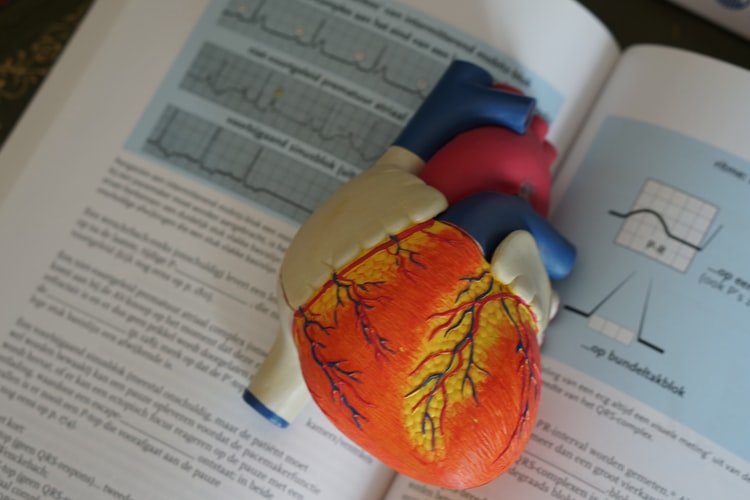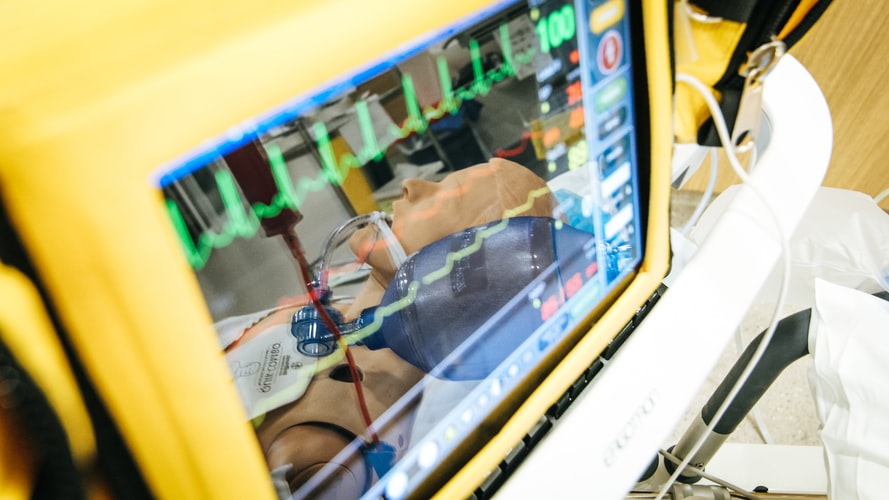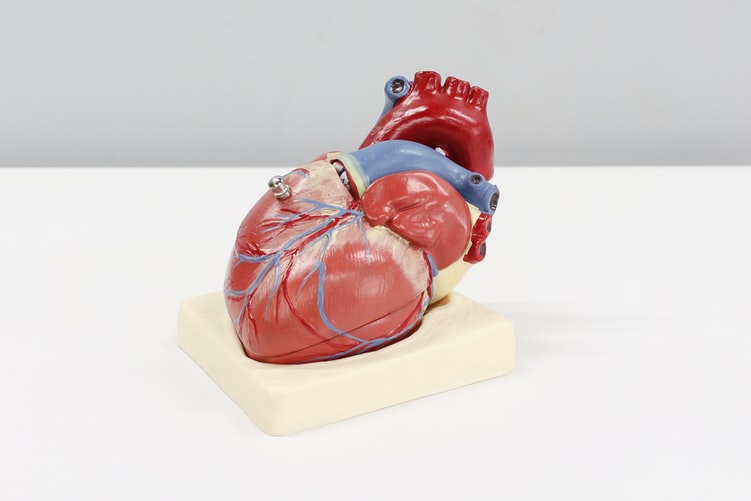The Cipa assay, which is a battery of blood tests for evaluating the electrical activity of heart muscle cells, is used by researchers to assess the risk of sudden death caused by ventricular fibrillation. Although this is one of the most commonly used and most commonly prescribed test procedures in clinical research settings, many patients do not understand what is required of them or the limitations of the test. This article presents the basic information needed by patients on what to expect from Cipa’s electrocardiogram (ECG) test and the results of that test, as well as why this important procedure is often undertaken in research settings.

ECG
First of all, before you ever see a reading on the ECG, an electrode patch is taped on your arm. The purpose of this patch is to catch the electric fields produced as your heart beats in order to record the electrical activity it undergoes during exercise. The results are usually shown in numbers on the ECG – either as negative or positive, indicating the intensity and frequency of the heart’s contractions. ECG results can range from zero to four. Positive results indicate that your heart is able to contract strongly and produce large amounts of energy, whereas negative results indicate that your heart is unable to contract and/or produces weak or no contractions at all.
The Cipa assay is usually performed on a patient who has recently experienced a Myocardial Infarction (MIR) – a heart attack or stroke – and has a low level of calcium, albumin, or triglyceride in his blood. Typically, a patient has been experiencing these symptoms for six months or more. After the patient has undergone the Cipa test, an ECG is performed on a patient who does not have these diseases. For this reason, researchers typically only allow patients with Myocardial Infarction (MIR) to undergo Cipa.
Recent Studies And Findings
A recent study published by researchers from the University of Nottingham in the UK, University of Bristol in the UK, and the University of Reading in the UK, examined the effects of Cipa on hernia. A hernia is the most common herniation, which involves the swelling or enlargement of the abdominal wall. It may occur either during or after exercise. The study found that Cipa significantly reduced the risk of hernia in patients who had a history of hernia before taking the clinical trial.
Other disease processes that can be influenced by the Cipa assay are cardiomyopathy, cardiac insufficiency, ventricular fibrillation, and ventricular tachycardia. Cardiomyopathy is a disease condition in which muscles in the heart fail to contract properly, or that contract too slowly. Cardiac insufficiency is a condition that is characterized by inadequate secretion of the essential proteins of the heart, or insufficient pumping efficiency. Finally, ventricular fibrillation is a condition in which ventricular contraction and rhythm are disturbed, usually as a result of excessive internal pressure, caused by various ventricular malformations.

Points That Can Be Noted From This Study
This is the first evidence that the Cipa can be used as an aid for patients with cardio-respiratory health issues. It is also interesting to note that this study showed that Cipa reduced the risk of recurrent arrhythmias, which suggests that this could be used as an alternative treatment modality for those who suffer from recurrent conditions such as heart failure. However, Cipa should not be used without the supervision of a Cardiologist, or at least a physician experienced with cardiac ion channel assays and calcium channel assays. Cipa has not undergone clinical trials for safety efficacy and it is unclear whether it is effective in treating abnormal heart rhythms, especially in people with a history of cardiac problems. It is important that everyone using Cipa follow the manufacturer’s directions for use, which include proper dose and dosing frequency.
